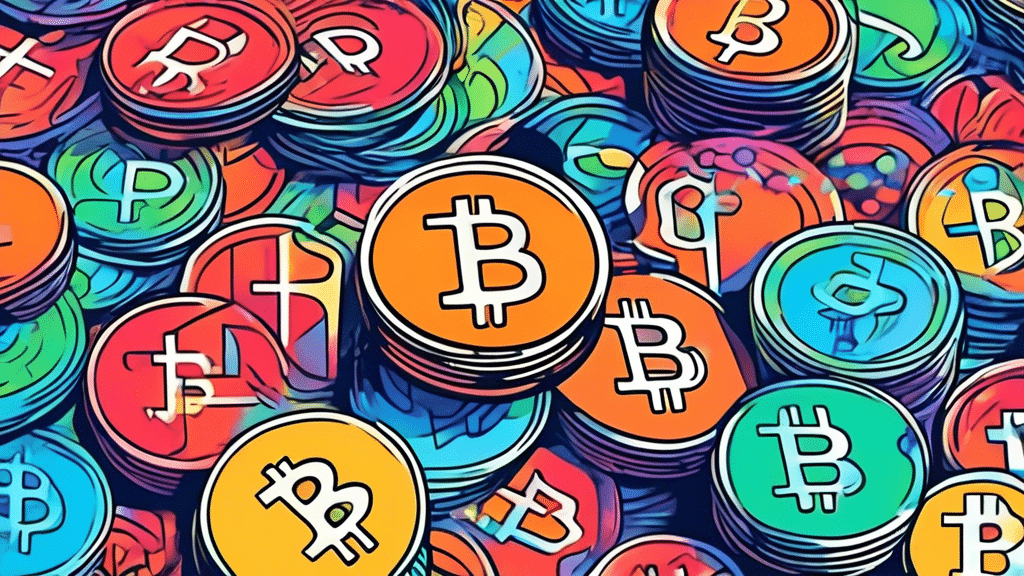Dynamics of Financial Markets: Ripple and the SEC The financial markets have been significantly influenced by the developments surrounding Ripple, especially involving its cryptocurrency, XRP.
Dynamics of Financial Markets: Ripple and the SEC
The financial markets have been significantly influenced by the developments surrounding Ripple, especially involving its cryptocurrency, XRP. One of the crucial turning points was the ruling on July 13, 2023, where US District Judge Analisa Torres found that Ripple did not violate federal securities laws by selling XRP on public exchanges. This ruling marked a notable victory for Ripple as it provided some regulatory clarity for the cryptocurrency sector, a hotly debated issue within the financial markets.
However, the saga is far from over. The Securities and Exchange Commission (SEC) has filed an interlocutory appeal, demonstrating that the regulatory oversight on such digital assets isn’t easing off. The penalties remain a significant point of contention, with Ripple seeking to minimize the financial consequences that the SEC aims to impose, which stands at a substantial $770 million involving institutional XRP transactions. These events have ramifications not just for Ripple, but for the broader cryptocurrency market, as regulatory clarity or ambiguity influences investor sentiment and market movements.
Market Interplay: Traditional Stocks and Cryptocurrencies
The evolving landscape of financial markets shows an increasing interplay between traditional stocks and cryptocurrencies. This dynamic is evident in the performance and adoption of digital assets like XRP. As of August 24, 2024, XRP was valued at approximately $0.60, having seen a recovery phase with an almost 4% gain post an early August crypto crash. Such fluctuations in cryptocurrency prices reflect broader market conditions and investor behavior, traits common with traditional stocks as well.
The XRP Ledger ecosystem continues to expand, with significant progress noted in the issuance of fungible tokens and NFTs. The ledger has hosted 3,724 fungible tokens and 5,988,017 NFTs, combining to a market capitalization of $135.63 million. The top-ranking tokens by market capitalization within this ecosystem include Sologenic (SOLO), CasinoCoin (CSC), and Coreum (CORE). The growth in this ecosystem illustrates how the cryptocurrency sphere is becoming diversified and complex, much like traditional stock markets.
Regulatory Challenges and Developer Influence
Amid these developments, Ripple and the broader cryptocurrency market face ongoing regulatory challenges. Ripple’s CEO, Brad Garlinghouse, has criticized the US regulatory stance, suggesting it places the country at a disadvantage compared to other nations. This sentiment points to the political and economic implications of regulatory frameworks within financial markets. The legal journey that began on December 21, 2020, has seen numerous legal battles, motions for summary judgment, and the unsealing of critical documents such as the Hinman documents.
Despite these regulatory hurdles, the XRP Ledger’s developer community remains active and innovative. Various projects such as Aesthetes for phygital NFTs, Stably for fiat-to-stablecoin on/off-ramps, and XPmarket for strategic infrastructure indicate a vibrant development environment. These initiatives demonstrate a blend of technological advancement and market demand, driving the dual thrust of innovation and market resilience in the crypto-financial environment.
Related: XRP, Bitcoin Could React to Inflation Data
In conclusion, the financial market dynamics between traditional stocks and cryptocurrencies like XRP are continually evolving. With regulatory outcomes, market performance, and technological advancements shaping the landscape, stakeholders must navigate a complex interplay of legal, regulatory, and market-driven factors. Although future price predictions for XRP remain speculative and contingent on numerous variables, the developments within the cryptocurrency sector undeniably have a substantial impact on the broader financial market panorama.
Quick Summary
Dynamics of Financial Markets: Ripple and the SEC The financial markets have been significantly influenced by the developments surrounding Ripple, especially involving its cryptocurrency, XRP.
Source
Information sourced from official Ripple publications, institutional research, regulatory documentation and reputable crypto news outlets.
Author
Ripple Van Winkle is a cryptocurrency analyst and founder of XRP Right Now. He has been active in the crypto space for over 8 years and has generated more than 25 million views across YouTube covering XRP daily.
Editorial Note
Opinions are the author's alone and for informational purposes only. This publication does not provide investment advice.


